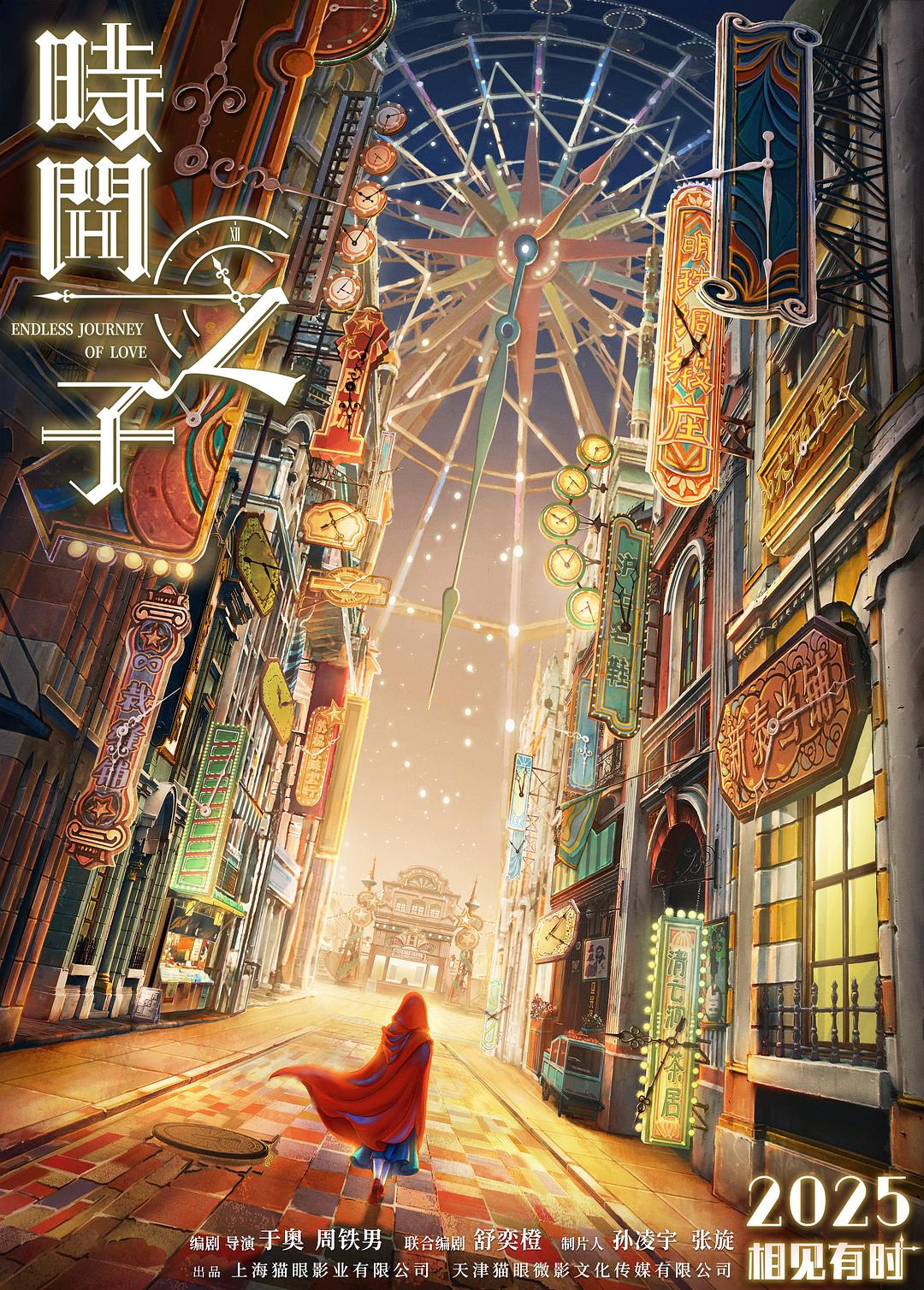
“Three Monks,” “Nezha Conquers the Dragon King,” “Butterfly Spring,” “Sanmao’s Adventures”... each of these classic works brings to mind vivid characters and shining childhood memories. Behind these animations lies a shared name: the animation artist Ada.
2024 marks the 90th anniversary of the birth of renowned Chinese animation artist Ada. During his short creative career, he left us with classic animated works of international acclaim, such as “Three Monks,” “Nezha Conquers the Dragon King,” and “The New Doorbell.” On the afternoon of August 24, the “Cross-Time Dialogue”—an exhibition celebrating the lesser-known works of the Shanghai Animation Film Studio in collaboration with HiShorts! Xiamen Short Film Week—was held, co-sponsored by the Shanghai Film Association and Shanghai Film Criticism Society. The special forum themed “Discussing Ada’s Creative Story from ‘Butterfly Spring’” was part of the celebrations for the 90th anniversary of Ada’s birth.

Event scene
Distinguished guests included animation director and National First-Class Animation Designer Chang Guangxi, composer Jin Fuzai, animation director Sun Zongqing, and National First-Class Screenwriter Yao Zhongli. Four artists from the Shanghai Animation Film Studio who had previously collaborated with Ada shared stories about his works, reminisced about amusing past events, and led the audience through a heartfelt “cross-time dialogue” with this great animation artist.
He is a truly outstanding animation artist
Ada, originally named Xu Jingda, was born in Shanghai in 1934, with ancestral roots in Kunshan, Jiangsu. From a young age, he loved animated films. After graduating from the animation class of the Central Film School (now the Beijing Film Academy) in 1953, he joined the Fine Arts Film Group of the Shanghai Film Studio (the predecessor of Shanghai Animation Film Studio).
In addition to working in animation creation, he was also a somewhat famed cartoonist. His works blend Chinese and Western artistic concepts and have won numerous domestic and international awards; for instance, “Three Monks” was the first Chinese film to win the Silver Bear at the Berlin International Film Festival. He held various important positions, including being a council member of the China Film Association and the China Artists Association, a judge at the Annecy International Animation Film Festival, and a council member of the International Animation Association, playing a crucial role in advancing Chinese animation and connecting it with the world.
This exceptionally talented animation director passed away at the young age of 53 due to illness, leaving behind more than 20 excellent works and countless regrets.
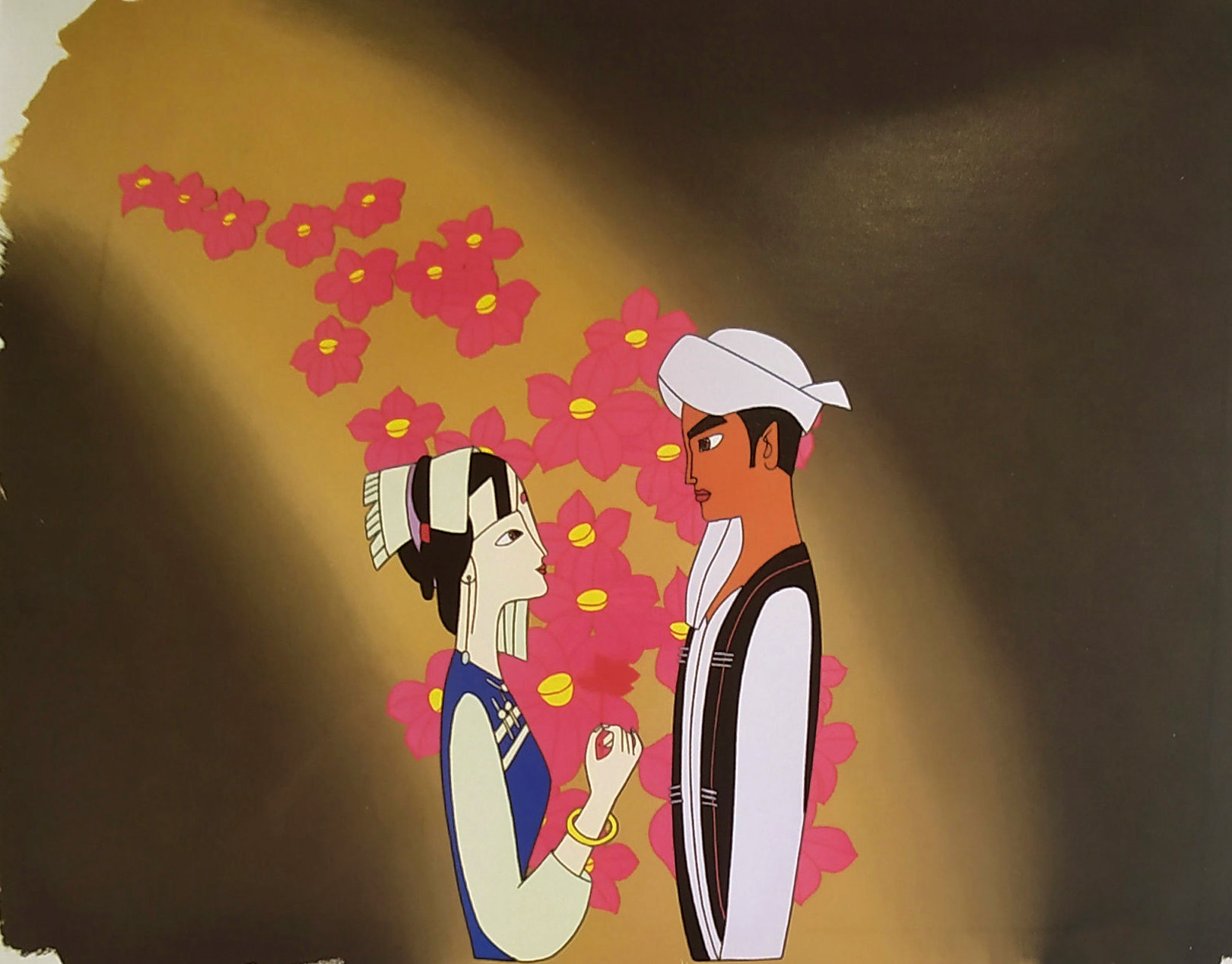
Screenshot from “Butterfly Spring”
The commemorative event began with screenings of three classic works directed by Ada, inviting the audience into his creative world. The lyrical beauty of “Butterfly Spring,” the educational yet entertaining nature of “The Thirty-Six Characters,” and the humorous satire in “Super Soap” evoked a wave of emotions and rich memories among viewers. Each screening was met with applause, underscoring the enduring charm of these old animations.
During the post-screening discussion, artists who have become the backbone of Chinese animation and the “grandmasters” of today spoke with great respect about Ada's talent. Chang Guangxi, the former head of the Fine Arts Film Studio who collaborated with Ada on “Nezha Conquers the Dragon King,” said, “Ada was a person born for animation. His works varied greatly in style and form, rich in philosophical depth. In his creations, he opted for animation language over words. He enjoyed brainstorming and possessed the heart and vision of a great artist. His approach has inspired contemporary animation directors.”
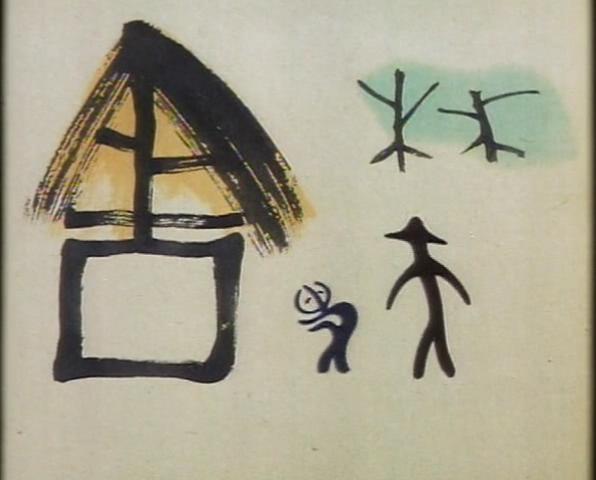
Screenshot from “The Thirty-Six Characters”
Animation artist Sun Zongqing, who worked on the original art for films including “The Golden Monkey Conquers Demons,” “Scenery and Love,” and “The Adventures of the Sloppy King,” recalled, “Ada was someone who never put down his pencil. He could draw anything anytime and anywhere; his drawing skills were exceptional, which is crucial for animation creators.”
Screenwriter Yao Zhongli of “Hulu Brothers” believes, “Ada's charisma could reach the world. He had a knack for discovering excellent ideas, themes, planning, and talents. Whenever we were together, we always discussed art; he was truly an outstanding animation artist.” Renowned composer Jin Fuzai, who scored many animations, remembered, “As a director, Ada had a clear vision of how music and visuals should integrate. Contemporary Chinese animation creators need to focus on the combination of music and images to create truly outstanding works.”
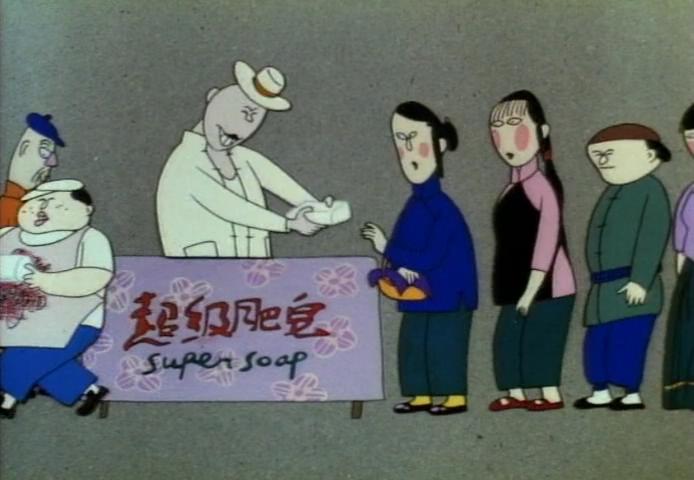
Screenshot from “Super Soap”
Never saw the butterflies in the field, but left behind timeless classics from his imagination
The animated short “Butterfly Spring” showcased during the event represents a confluence of the careers of several animation artists. This animation, adapted from a Bai ethnic legend of Dali, was produced in 1983 and was among the few animated films with a tragic love theme at the time, winning awards such as the Ministry of Culture’s Excellent Film Award and the “Flying Dragon Award” for films depicting minority themes. Many years later, watching this short film again opened a treasure trove of memories for everyone.
As one of the co-directors of “Butterfly Spring,” Chang Guangxi had just started his career. He shared that co-directing “Butterfly Spring” with Ada was his “directorial enlightenment.” He revealed that at that time, there was some hesitation in the studio about whether to pursue this theme, thinking the story was too clichéd, but because Ada was directing, everyone felt it was worth pursuing. “Ada had this ability to capture the exciting parts of the story, filling the work with sparks.”

Screenshot from “Butterfly Spring”
Yao Zhongli, one of the screenwriters for “Butterfly Spring,” shared anecdotes from the location scouting trips. The enthusiastic crew traveled to Yunnan for inspiration but ended up not seeing a single butterfly, comforting themselves with the thought that “imagination is key in making animated films.” Old friends reminiscing together even resolved a “mystery”—composer Jin Fuzai, who arrived in Yunnan ahead of the main crew and was captivated by the beautiful scenery, despite not seeing any butterflies, lured the crew with a telegram saying “Beautiful Scenery, Abundant Butterflies.” “From then on, Jin became known as ‘Jin Butterfly Abundant,’” Chang Guangxi recalled with realization, “So today I finally get it; you didn’t see any butterflies either!”

Screenshot from “Butterfly Spring”
Animation designer Sun Zongqing also didn’t see any butterflies, yet managed to depict stunning scenes of swarming butterflies in the film. Reflecting on her experience of drawing the butterflies, she expressed some frustration: “None of them (who went to Yunnan) saw butterflies, so I certainly didn’t see any either; I had to rely on my imagination to draw.” In the days before computers, every butterfly was hand-drawn individually. “Drawing one or two is fine; but drawing hundreds on-screen is very laborious,” Sun Zongqing explained. The movement of butterflies differs from other animals; each frame had to be drawn separately. “Ada’s only requirement was to make the drawing vivid and to let me ‘dare to draw.’” This labor eventually culminated in the breathtaking visuals of swarming butterflies we see in the film.
The entire film of “Butterfly Spring” has no dialogue; the narrative and emotional tones are driven entirely by music. Composer Jin Fuzai and Ada were long-time collaborators. In addition to the three films screened during the event, Jin also composed the music for classic works like “Three Monks,” “Nezha Conquers the Dragon King,” and “Sanmao’s Adventures.” Jin shared with the audience the differences between pre-production and post-production music. In the creation of fine arts films, pre-production music is proactive, while Ada’s directorial vision was about music aligning with visuals—“music and visuals together tell a story.” “Among the directors in the Animation Film Studio, Ada was particularly knowledgeable about music,” Jin reflected. “He understood the power of music and how to use it for narrative.” “Butterfly Spring,” with its narrative style, is somewhat unique among Ada’s films, requiring lyrical elements and beautiful melodies. In the end, Jin chose a septet format for the score, becoming an indispensable part of the film's success.
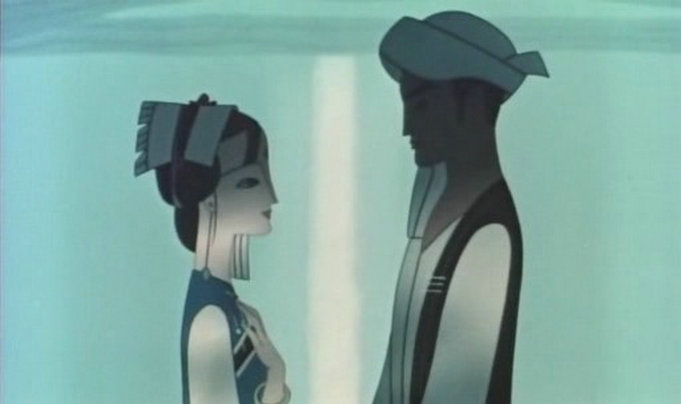
Screenshot from “Butterfly Spring”
Beyond his directorial works, over his 34 years at the Shanghai Animation Film Studio, Ada contributed to various animation projects, with “innovation” being the cornerstone of his creative philosophy. He was involved in developing the “ink wash animation production technique,” designed puppets for the puppet animation “The Real and Fake Li Kui,” was the art designer for the ink wash paper-cut animation “The Monkey Fishing for the Moon,” and opened the door to modern themes in Chinese animation with his two short films “The New Doorbell” and “Super Soap” in 1986. Several veteran artists remarked that he and his works truly embody Shanghai Animation Film Studio’s essence of “not imitating others, nor repeating oneself.”
